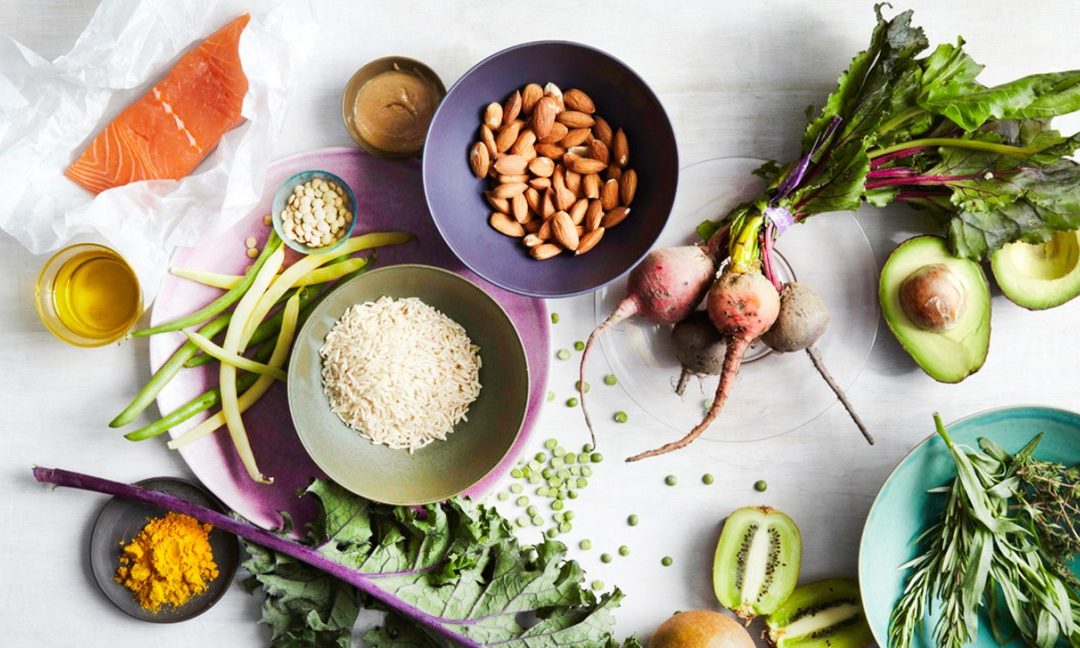

Although production inputs per unit of output increase at local scales, a reduction of cultivated land of 50% overcompensates the slightly higher field-scale costs enabling improved overall cost-effectiveness. Here, based on cost engineering modelling, we show that optimised spatial allocation of 10 major crops, would reduce current costs of agricultural production by approximately 40% while improving environmental performance. However, evidence based on empirical cost-functions supporting such trade-offs remains scarce at the global level. Economic modelling studies suggest trade-off relationships between environmental sustainability and food prices. Growing competition for land, water and energy call for global strategies ensuring affordable food production at minimum environmental impacts.

3Ecosystem Services and Management Program, International Institute for Applied Systems Analysis, Laxenburg, Austria.2School of Geography and the Environment, Environmental Change Institute, University of Oxford, Oxford, United Kingdom.1Oxford Martin Programme on the Future of Food, University of Oxford, Oxford, United Kingdom.As we enter a new era of food production, the challenge is not to simply produce more food, but to ensure the protection of our food chain, optimise human health, and sustain life on our planet.Yiorgos Vittis 1,2*, Christian Folberth 3, Sophie-Charlotte Bundle 3 and Michael Obersteiner 2,3 While controversial, genetic modification of plant foods is also being explored to insert traits beneficial to humans – such as rice fortified with extra vitamins to ward off blindness. In the case of cell culture meat, it also opens doors to a low-carbon and efficient means of meat production in the future. Synthetic biology is an exciting new field which allows food to be manufactured without common allergens and the current reliance on pesticides and fertilisers.

Regenerative agriculture is being used to replenish soil and combat climate change, bringing back traditional practices such as soil rotation, agroforestry and no-till farming to reverse environmental damage caused by The Green Revolution. Crop diversification is now being enacted to reverse the monoculture brought about by The Green Revolution, ensuring people around the world have access to balanced diets. New technologies are being explored to ensure ongoing food security. The Green Revolution, while successful in reducing starvation, has caused malnutrition to spread amongst vulnerable populations through its focus on unbalanced, carbohydrate intense diets.įortunately, as our history of food production demonstrates, humans have the ability to adapt to a changing world. Current farming methods use an immense amount of water and accelerate the loss of biodiversity. At their current rate of increase, they run the risk of destroying ecosystems and contaminating groundwater supplies. Fertilisers and pesticides, while increasing crop yields, have negatively impacted environments. Animal agriculture is one of the greatest contributors to global warming, emitting more greenhouse gases than all cars, trucks, trains, and airplanes combined. Our current methods of food production are not sustainable and present a threat to future food security. While current agricultural methods have played an important role in increasing food production to feed the world up to this point, they have also brought unintended negative consequences. Modern challengesĪs the world’s population continues to boom, global food production must increase 70 per cent by 2050 to meet the demand. The program prioritised growth of high yield varieties of high calorie crops such as rice and wheat, expanding modern agriculture to a global scale and saving one billion people from starvation in the process. To combat rising world hunger, an international program was launched in the 1950s and 1960s called ‘The Green Revolution’. In the early-to-mid 20th century, industrialised nations intensified food production through selective plant breeding and fertilisers, but developing countries without industrial farming methods struggled to feed their ever-expanding populations.


 0 kommentar(er)
0 kommentar(er)
